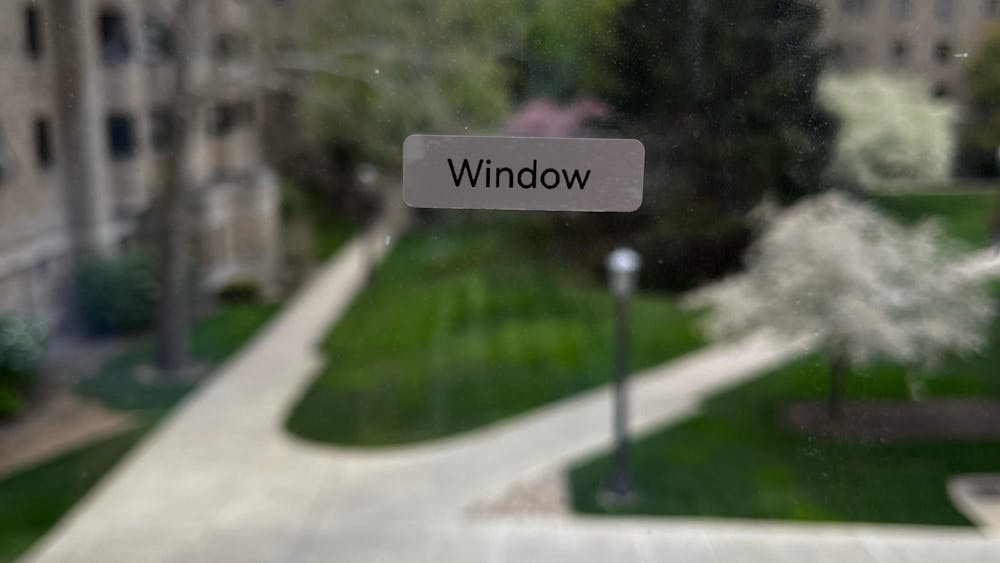Since 1970, the New York Marathon has been one of the Big Apple's most hallowed traditions. An estimated 47,000 runners, 12,000 volunteers and 2.5 million spectators take part in the annual 26.2-mile race through all five city boroughs. Not this year. After the devastation of Hurricane Sandy, New York Mayor Michael Bloomberg made the final call to cancel the race in a decision that was undoubtedly the right one.
Originally, Bloomberg said the race would go on as planned. He insisted the marathon would not interfere with the city's relief efforts and would, in fact, benefit small businesses. In a statement, Bloomberg explained, "You have to keep going and doing things, and you can grieve, you can cry and you can laugh all at the same time. That's what human beings are good at." City and race officials explored other options for this year's event, including postponing the race or shortening the course.

However, citywide protests expanded nationwide, over Facebook and Twitter, and the debate eventually grew so heated that officials announced they would cancel the race for the first time in its 42-year history. As Bloomberg said, "We cannot allow a controversy over an athletic event - even one as meaningful as this - to distract attention away from all the critically important work that is being done to recover from the storm and get our city back on track."
To hold the race so soon after Hurricane Sandy would simply not have felt right.
Runner Lauren Mandel told CNN of her second thoughts on her way to pick up her racing bib, "Walking past ... generators heating up tents for people to eat pasta tomorrow night when there are people who haven't eaten a hot meal in five days." At the time of its cancellation, the death toll stood at 41, and thousands were still stranded without electricity.
At least 20 of the 41 killed came from Staten Island, the location of the marathon's starting line. Residents pleaded for food and supplies, and one woman told the Associated Press she had eaten one slice of pizza in the past two days. Before the race's cancellation, U.S. Rep. Michael Grimm spoke on behalf of Staten Island and Brooklyn.
"We're still pulling bodies out of the water, and the mayor is worried about marathon runners and returning to life as normal," Grimm stated. "The Verrazano Bridge should be used for getting fuel and food in to Staten Island, not getting runners out."
The marathon would likely have diverted important resources from the city, including personnel, food and electricity. Police officers and sanitation workers who had volunteered to help hurricane victims had been assigned to the race instead, and hotels would have needed to evict storm victims from rooms to accommodate runners.
Furthermore, a 2012 NYC Marathon would have created an atmosphere of controversy and animosity instead of its intended celebration of the city.
Understandably, many runners were disappointed by the marathon's cancellation.
To participate, runners must pledge for a certain charity or qualify with a specific half marathon or marathon time. The majority of participants gain entry into the race through a random lottery, and thousands travel to New York from across the globe. They spend months or even years training, eager to bring home a medal as a symbol of their accomplishment.

Nonetheless, and in an astounding display of the good that results from disaster, thousands of people ran the race anyways, bringing help and optimism to storm victims.
Approximately 1,300 runners boarded the Staten Island Ferry from Manhattan, carrying garbage bags and backpacks filled with food and supplies. New York runner Jon Bennion told CNN, "I've run the marathon three times, and there was an odd familiarity getting on the Staten Island Ferry this morning with a group of runners for a completely different reason. It was fascinating, the anxiety and jitters were replaced by an overwhelming sense of community." Runners donated the extra clothes they had brought with them, following the original course route and refueling at hot dog stations.
Though the 2012 New York Marathon did not take place as planned, it still fostered all the sense of community and solidarity as the normal marathon. When runner HanaAbdo first found out the race was cancelled, she began to cry. "I've been training for two years," she said. "But what is two years of my life to somebody's whole life?"
Carolyn Green is the student director of the Holy Half Marathon. She can be reached at cgreen9@nd.edu
The views expressed in this column are those of the author and not necessarily those of The Observer.












